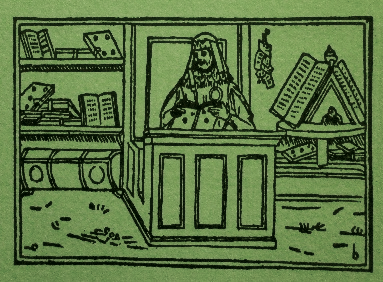Acquaforte di mm 310 x 420, su fglio di 430 x 495 mm.Vergata grossa. Filigrana con scudo e monogramma GF e 3 lune. Vergata grossa. I/IV stato. Titolo centrato sul margine inferiore, Mich. Marieschi del.t et inci.t, senza numero. Provenienza: “Magnificentiores selectioresque urbis Venetiarum prospectus, quos olim Michael Marieschi venetus pictor, et architectus in plerisque tabulis depinxit … Vendutur in vico Sancti Lucae apud eundem Auctorem Venetijs 1741 (ma 1742).Acquaforte di mm 310 x 420, su fglio di 430 x 495 mm.Vergata grossa. Filigrana con scudo e monogramma GF e 3 lune. Vergata grossa. I/IV stato. Titolo centrato sul margine inferiore, Mich. Marieschi del.t et inci.t, senza numero. Provenienza: “Magnificentiores selectioresque urbis Venetiarum prospectus, quos olim Michael Marieschi venetus pictor, et architectus in plerisque tabulis depinxit … Vendutur in vico Sancti Lucae apud eundem Auctorem Venetijs 1741 (ma 1742). Riporta Dario Succi a proposito di questa incisione :”L’acquaforte, databile al 1738, evidenzia la complessità del procedimento tecnico con ripetute morsure utilizzato dall’incisore: la cuspide del Campanile di San Marco e le due ali delle Procuratie, raccordate dalla Chiesa di San Giminiano, sono rese con segni leggeri per l’impiego di una vernice di copertura che ha impedito di mordere il rame con l’intensità dei primi piani.” Succi 1987, 5 I/IV, Montecuccoli degli Erri, Pedrocco 1999, 5 I/IV, Mary Pittaluga 1952, pag.35 e seg. Michele Marieschi (1710-1743) figlio di un mediocre pittore, studiò con passione architettura e si staccò presto dal padre. Tornato in patria dalla Germania nel 1735, dipinse belle vedute di Venezia. Nel 1741 (o 1742) diede alle stampe la raccolta di 21 acquaforti tratte dalle sue tele. Le incisioni di Marieschi rendono meglio delle sue pitture quel mondo scenografico e teatrale che la Venezia quotidiana offriva all’occhio dell’osservatore. Succi 1987, 5 I/IV, Montecuccoli degli Erri, Pedrocco 1999, 5 I/IV, Mary Pittaluga 1952, pag.35 e seg.Etching 310 x 420 mm, on a 430 x 495 mm sheet. Filigree with shield and GF monogram and 3 moons. Coarse rod. I / IV state. Title centered on the lower margin, Mich. Marieschi del.t et inci.t, without number. Provenance: “Magnificentiores selectioresque urbis Venetiarum prospectus, quos olim Michael Marieschi venetus pictor, et architectus in plerisque tabulis depinxit … Vendutur in vico Sancti Lucae apud eundem Auctorem Venetijs 1741 (but 1742). Dario Succi reports about this engraving: “The etching, datable to 1738, highlights the complexity of the technical procedure with repeated etching used by the engraver: the cusp of the Campanile of San Marco and the two wings of the Procuratie, connected by the Church of San Giminiano, are rendered with light signs due to the use of a covering varnish that prevented the copper from biting with the intensity of the close-ups. Michele Marieschi (1710-1743), son of a mediocre painter, studied with passion for architecture and soon broke away from his father. Returning home from Germany in 1735, he painted beautiful views of Venice. l 1741 (or 1742) he published the collection of 21 etchings taken from his canvases. Marieschi’s engravings make the scenographic and theatrical world that daily Venice offered to the observer’s eye better than his paintings. Succi 1987, 5 I / IV, Montecuccoli degli Erri, Pedrocco 1999, 5 I / IV, Mary Pittaluga 1952, page 35 et seq.
Libreria Emiliana
Antiquaria
Libri e Stampe Veneziane
dal XV al XXI Secolo
dal XV al XXI Secolo


